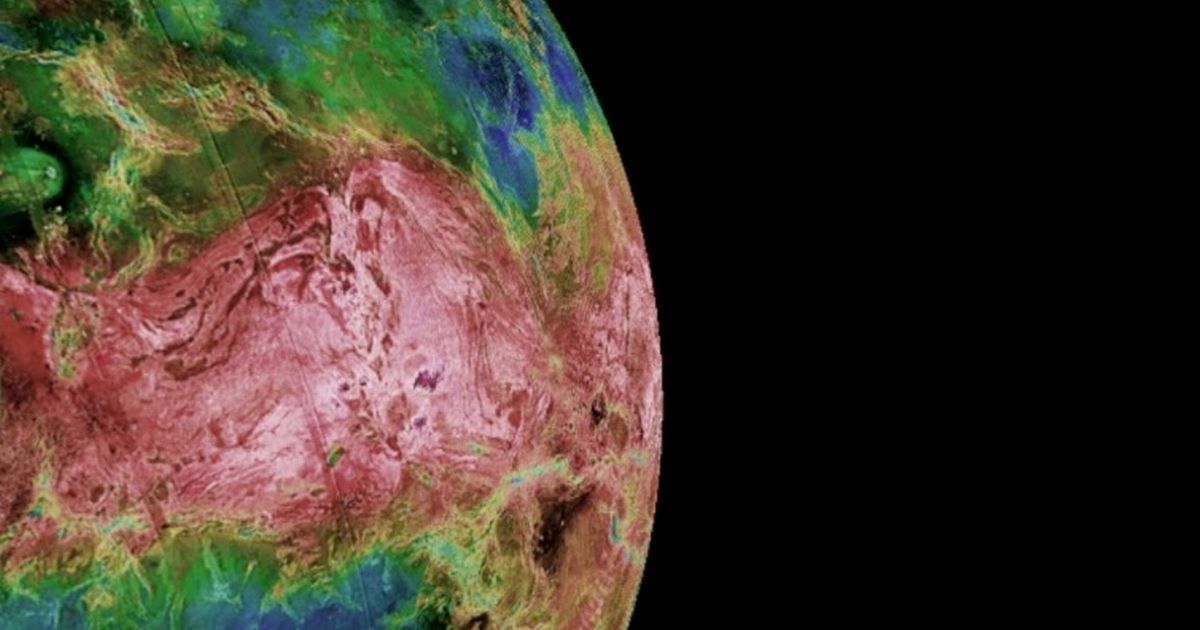Nasa managed to get beneath Venus’ smothered thick clouds and now experts hope the Parker Solar Probe can supply some answers to their questions about the planet
Nasa probe films Venus in ultra-rare peek beneath clouds
A Nasa spacecraft has captured a stunning visible light spectrum of Venus for the very first time.
Now experts hope the Parker Solar Probe can answer some key questions about the stunning planet’s surface geology.
Nasa took the photos in 2020 while passing as it carried out some research on the sun. During the approach, the probe came within 5.3 million miles of the solar surface – the closest it has ever been.
Venus’ hell-like world is smothered in thick clouds and has a surface temperature of 867F.
It is normally only visible through a high-tech radar or infrared imaging but Nasa have released the images taken during flybys with its impressive WISPR instrument.
(
Image:
NASA/APL/NRL)
(
Image:
NASA/APL/NRL)
Scientists hope to learn more about what minerals might be present on Venus, and the planet’s evolution.
It is also hoped the new images could provide information about how volcanoes might have affected the planet’s atmosphere.
“The objective was to measure the speed of the clouds,” said WISPR project scientist Angelos Vourlidas. “The images and video just blew me away.”
(
Image:
(Getty Images/iStockphoto)
Some of that light is captured by the near-infrared, said to be between 380 nanometers and 750 nanometers.
The cameras were able to pick up a faint glow caused by the heat erupting from the surface.
“We’re thrilled with the science insights Parker Solar Probe has provided thus far,” said Nicola Fox, division director for the Heliophysics Division at NASA headquarters.
(
Image:
NASA/APL/NRL)
“Parker continues to outperform our expectations, and we are excited that these novel observations taken during our gravity assist maneuver can help advance Venus research in unexpected ways.”
Similar techniques have previously been used to study the surface of the moon.
Nasa is now planning to launch the Veritas mission in 2026, and hopes to orbit the surface of Venus.
Future missions will continue to expand this range of wavelengths, researchers said.
read more
read more
